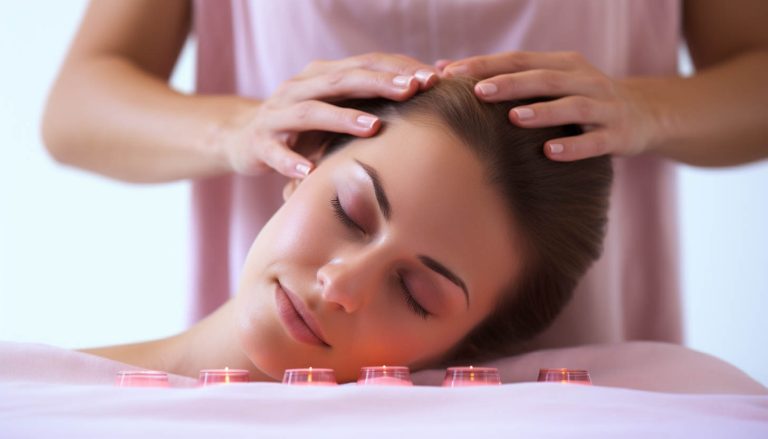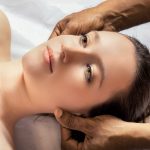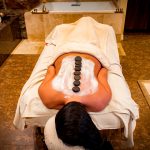Massage therapy is a general term for pressing, rubbing, and manipulating your skin, muscles, tendons, and ligaments. It is widely viewed as an important tool in promoting mental and physical health. Massage therapy can help reduce stress, lessen pain and muscle tightness, increase relaxation, improve the work of the immune system, and promote overall wellness. It can also help improve circulation, decrease joint inflammation, and increase flexibility.
Massage therapy is increasingly being offered along with standard treatment for a wide range of medical conditions and situations ¹. Some specific conditions that massage can help include anxiety, depression, digestive disorders, fibromyalgia, headache, insomnia, nerve pain, postoperative care, scar tissue, soft tissue strains and injuries, sports injuries, and temporomandibular (TMJ) disorders.
Massage therapy has been used for centuries to promote relaxation and healing. The ancient Greeks used massage to treat injuries and promote overall health. In India, Ayurvedic medicine has long used massage as part of its healing practices. Today, massage therapy is widely available and viewed as an important tool in promoting mental and physical health.
Massage therapy has many benefits for both the body and mind. For most patients, massage therapy is an important part of specific medical treatment plans to help them return to daily activities. For example, massage therapy is helpful after joint replacement surgery or injury. Physical benefits of massage include improved circulation; decreased muscle stiffness; decreased joint inflammation; better quality of sleep; quicker recovery between workouts; improved flexibility; less pain and soreness; strengthened immune response ¹. Mental benefits of massage include lower stress levels; improved relaxation; improved mood; decreased anxiety; more energy; increased feeling of wellness.
Massage therapy can be performed in many different ways. Some common types of massage include Swedish massage, deep tissue massage, hot stone massage, sports massage, trigger point massage, prenatal massage, and reflexology.
Each type of massage has its own unique benefits and uses. Swedish massage is a gentle form of massage that uses long strokes to promote relaxation. Deep tissue massage uses more pressure to target deeper layers of muscle tissue. Hot stone massage uses heated stones to help relax muscles. Sports massage is designed to help athletes recover from injuries or improve their performance. Trigger point massage focuses on specific areas of muscle tension. Prenatal massage is designed for pregnant women to help relieve pain and discomfort during pregnancy. Reflexology focuses on pressure points in the feet to promote overall wellness.
In conclusion, massage therapy is a powerful tool for promoting mental and physical health. It has been used for centuries to promote relaxation and healing. Today it is widely available and viewed as an important tool in promoting mental and physical health.
Massage therapy can help reduce stress; lessen pain and muscle tightness; increase relaxation; improve the work of the immune system; promote overall wellness; improve circulation; decrease joint inflammation; increase flexibility; lower stress levels; improve mood; decrease anxiety; increase energy levels; strengthen immune response; promote better quality of sleep; quicker recovery between workouts; less pain and soreness.
There are many different types of massages available that cater to different needs.









